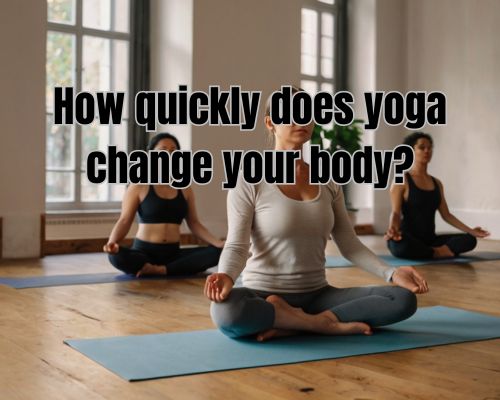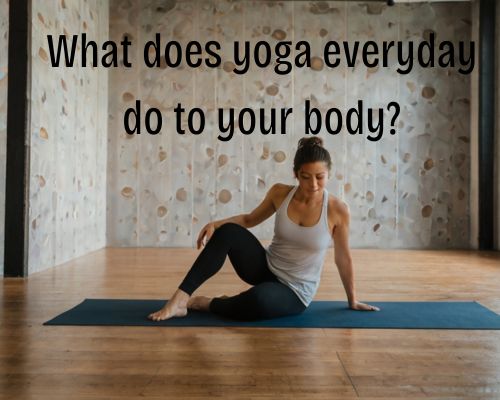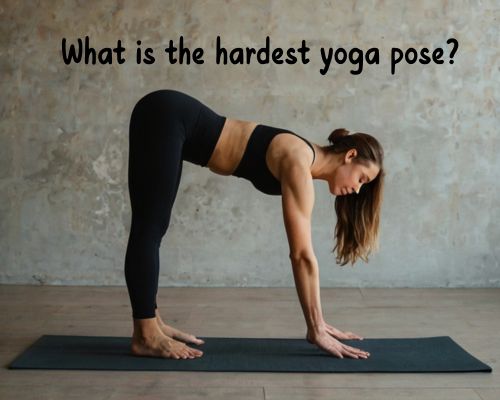What Type of Yoga is Best for Toning? A Guide for Mornington, Australia Residents
Yoga is often associated with relaxation and mindfulness, but did you know that it can also be an effective way to tone your body? If you live in Mornington, Australia, and are looking to improve muscle definition while enhancing flexibility, yoga could be the perfect fitness solution. With a variety of yoga styles available, it’s important to choose the right type to meet your toning goals. In this article, we’ll explore the best forms of yoga for body sculpting, their benefits, and where you can practice them in Mornington.

Why Yoga is Great for Toning
Unlike traditional strength training, which isolates specific muscles, yoga engages multiple muscle groups simultaneously. Holding poses for extended periods and transitioning between them builds endurance, strength, and lean muscle mass. Additionally, yoga incorporates dynamic movements, increasing your heart rate and promoting fat loss.
Best Types of Yoga for Toning
1. Power Yoga
Power yoga is a vigorous and fitness-based approach to Vinyasa yoga. It incorporates fluid movements, core engagement, and strength-building poses that create lean muscle. This style is excellent for toning the arms, legs, and core, making it a great option for those in Mornington looking to improve body definition.
Where to Try It: Many fitness centers and yoga studios in Mornington, such as Bikram Yoga Mornington and Vitality Yoga, offer power yoga classes suitable for all levels.
2. Ashtanga Yoga
Ashtanga yoga is a structured and intense practice that follows a specific sequence of poses. It requires significant strength, endurance, and flexibility, making it one of the best yoga styles for toning muscles. The fast-paced nature of Ashtanga also helps burn calories, aiding in fat loss.
Muscles Targeted:
- Core and abdominals
- Arms and shoulders
- Legs and glutes
Local Classes: Look for Yoga Flame Mornington or Beachside Yoga Centre to find structured Ashtanga sessions.
3. Bikram (Hot) Yoga
Practiced in a heated room (around 40°C), Bikram yoga consists of a fixed series of 26 postures designed to build strength, flexibility, and endurance. The heat allows for deeper muscle engagement, aiding in detoxification and increased calorie burn.
Why It’s Great for Toning:
- The heat increases circulation, improving muscle elasticity.
- Holding poses for extended periods promotes endurance and toning.
- Sweating helps with detoxification and weight loss.
Mornington Options: Studios such as Bikram Yoga Mornington and Hot Yoga Peninsula offer specialized classes.
4. Hatha Yoga
Hatha yoga is a gentler practice, but it is still effective for toning when practiced consistently. By holding poses longer and focusing on proper alignment, Hatha strengthens muscles, especially in the core and lower body.
Ideal for Beginners: If you are new to yoga and want a slow-paced introduction while still achieving toning benefits, Hatha yoga is a good choice.
Local Studios: Check out Soulful Yoga Mornington or Radiant Yoga for beginner-friendly classes.
5. Vinyasa Flow Yoga
Vinyasa yoga involves continuous movement between poses, synchronized with breathwork. This dynamic flow helps build lean muscle while improving cardiovascular fitness. It is particularly effective for core strength, toning the arms, and sculpting the lower body.
Toning Benefits:
- Full-body workout that increases endurance
- Helps with fat burning and muscle definition
- Improves posture and balance
Mornington Classes: Join Bay Yoga Mornington or Yoga Tree Studio for guided Vinyasa sessions.
Additional Tips to Enhance Toning Results
While yoga is a fantastic way to tone your body, combining it with a healthy lifestyle maximizes results. Here are some additional strategies:
- Consistency is Key: Practice at least 3–5 times a week for visible results.
- Pair Yoga with Strength Training: Incorporating bodyweight exercises, such as planks and squats, can enhance muscle definition.
- Follow a Balanced Diet: Eating a protein-rich diet helps in muscle repair and growth.
- Stay Hydrated: Especially if practicing hot yoga, hydration is essential for performance and recovery.
- Engage in Active Recovery: Stretching and restorative yoga sessions can help prevent soreness and injuries.
The Best Yoga Studios for Toning in Mornington
Mornington has a thriving yoga community, offering various classes suited for all fitness levels. Some of the top-rated yoga studios in the area include:
- Yoga Flame Mornington – Known for Ashtanga and Power Yoga sessions.
- Bikram Yoga Mornington – Ideal for those looking for high-intensity, sweat-inducing workouts.
- Vitality Yoga – Offers a mix of Vinyasa and Power Yoga for toning and strength-building.
- Soulful Yoga Mornington – A great place for Hatha and gentle yoga with toning benefits.
- Bay Yoga Mornington – Excellent for Vinyasa flow classes that sculpt and strengthen.
Final Thoughts
If you’re looking for the best type of yoga for toning in Mornington, Australia, Power Yoga, Ashtanga, Bikram, Hatha, and Vinyasa are your top options. Each style offers unique benefits, from muscle definition to fat-burning and flexibility. With numerous yoga studios in Mornington offering specialized classes, you can easily find a practice that fits your fitness goals. Whether you’re a beginner or an advanced yogi, incorporating yoga into your routine can transform your body, mind, and overall well-being.
Ready to get started? Find a local yoga studio in Mornington today and begin your journey toward a stronger, more toned physique!






